Have you ever walked into a bakery and had the sweet smells remind you of baking cookies in your grandma’s kitchen? Or, when applying suntan lotion been instantly taken back to a beach vacation? One squeeze of sunscreen puts you on the beach hearing the roar of the surf and feeling sand between your toes.
These sensory associations are fueled by the awesome power of your olfactory system – your nose. According to a recent study by Northwestern University, smell is our most powerful sense, and it most likely developed this way as a way to keep us alive.
If you smell something burning, or a strong chemical odor, your nose sends a lightning-fast message to your brain that screams: danger! Scents are highly connected to the part of our brain that regulates emotions which means scents can either send us running from a fire or invite us to relax under fluffy blankets and fall asleep.
Using scents to soothe the nervous system, healing the mind and body, is part of the centuries-old practice of aromatherapy. But now, thanks to academic journals full of research showing the benefits of certain fragrances, we know there is science behind the power of scent. Citrus, lavender, vanilla, and peppermint have been the most studied and proven to elicit a relaxation response in children and in adults.
Smelling citrus is pleasant for most of us, so it isn’t surprising that a research study found that citrus reduced anxiety and improved patients’ moods when used as an ambient fragrance in a medical office. Numerous other studies have shown that lavender promotes mind and body relaxation, improves sleep, and is beneficial in reducing anxiety.
Vanilla is another feel-good scent that has been used for centuries to calm, comfort, and promote relaxation and sleep. Even hearing or seeing the word “vanilla” sends a relaxation response to the brain. Vanilla makes us think of ice cream cones, sweet treats, and many other pleasant memories that often take us back to our childhood.
Vanilla does more than remind you of the ice cream truck. There are numerous studies proving vanilla’s ability to reduce pain and anxiety in adults and children during medical procedures. Decades ago a small study at Sloane-Kettering Cancer Center found the smell of vanilla calmed patients undergoing MRIs.
Vanilla is also known to calm premature babies, reduce crying in newborns and, as recent research has shown, ease the pain of newborn babies having their blood drawn. Peppermint is universally known for its many calming effects. When inhaled, the smell has been shown to decrease anxiety, ease headaches, and calm nausea.
Like vanilla, the word “peppermint” also causes a relaxed, emotional response. Peppermint brings to mind fresh mountain air, the cool, sparkling water of a river, perhaps candy canes hung on a yule tree.
With so much research behind the power of scents and the calming emotional responses, sometimes just to the name of fragrances, it’s easy to see why scents are a powerful, yet calming, addition to meditation.
While there are many things that enhance meditation (gentle music, soft blankets, holding a comfort object) scent is still the quickest and most effective way to enhance relaxation and feelings of calm.
A soothing fragrance can bring us into a peaceful emotional state, even quicker than using our breath. Additionally, scents are grounding, reduce anxiety, fill you with happy memories, and increase your positivity.
It’s very easy to use scents to enhance your child’s meditation time, or your own.
Try this easy scent meditation for kids:
Get in a comfortable position, wrapped in a soft blanket if you like, and maybe holding your favorite stuffed animal.
Inhale the scent in the room, or on your blanket, pillow or stuffed animal. Take three long, slow, deep breaths. If you’d like, close your eyes. Breathe in again.
What does the smell remind you of? Does the smell take you to a soothing place, real or imagined?
Is the smell like a feeling, a color, or maybe even a sound? Does the smell remind you of a favorite tree, an animal, or something else?
Breathe gently and enjoy the scent and the way it makes you feel for as long as you like.
Whether it’s peppermint, vanilla, lavender, citrus, or a combination, using scent in meditation brings an additional layer of calm into your child’s world.
Scents can be incorporated into meditation, used as a sensory calming cue, to help with falling asleep, and anytime a little one needs a quick calm-down.
Wee Meditate has guided story meditations that making using scent in meditation easy like Up on Peppermint Mountain and In the Vanilla Woods.
Start your membership today!

